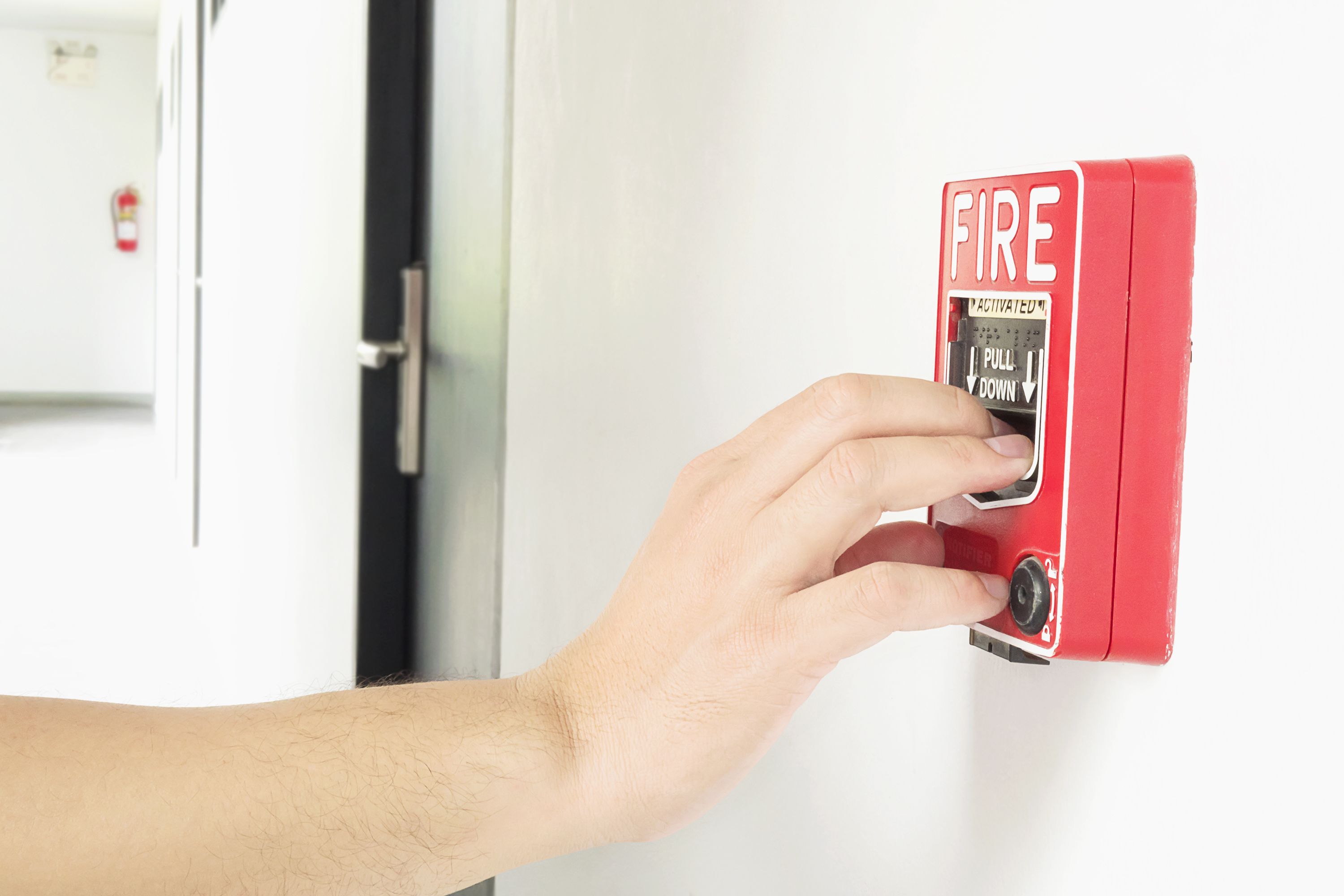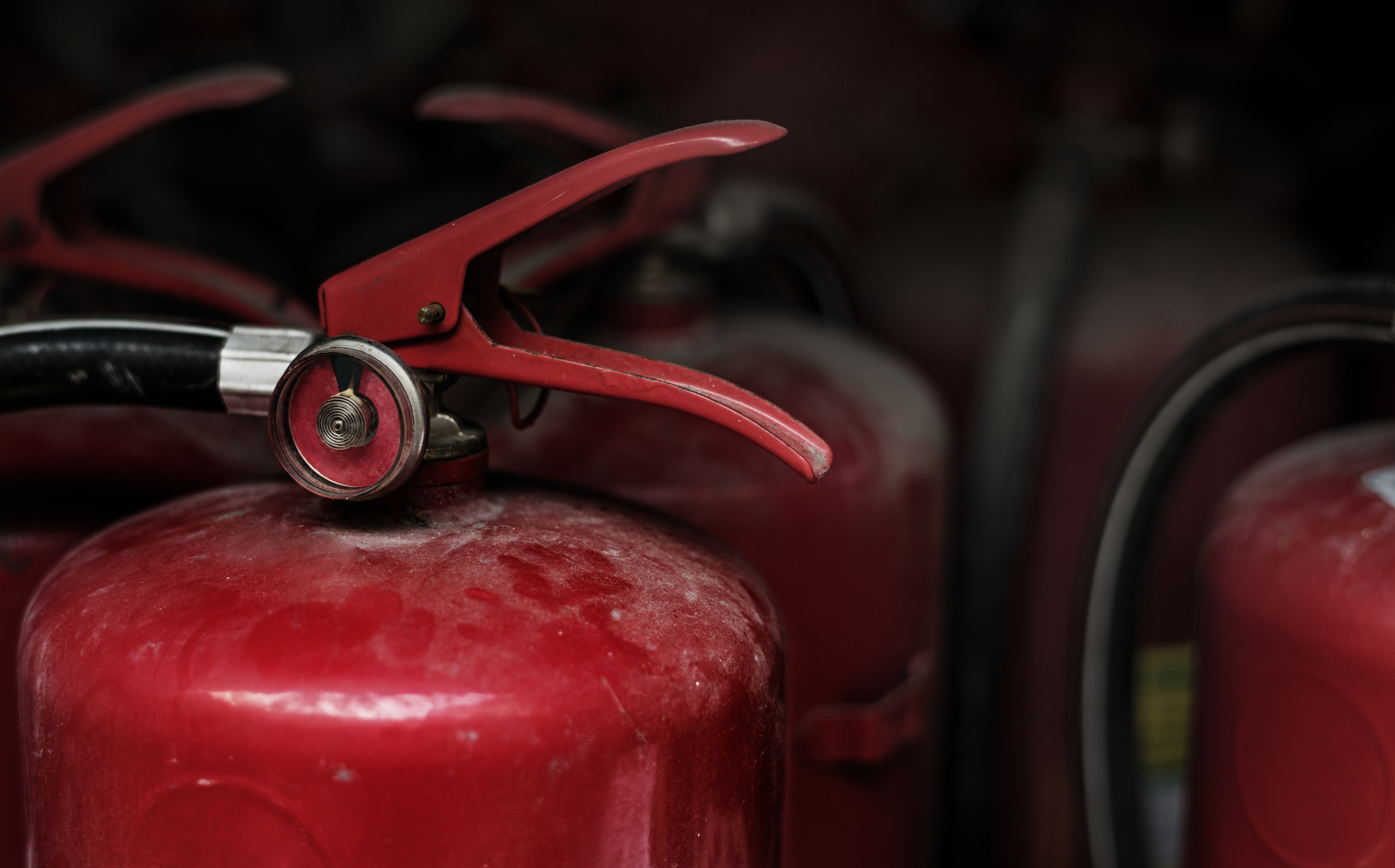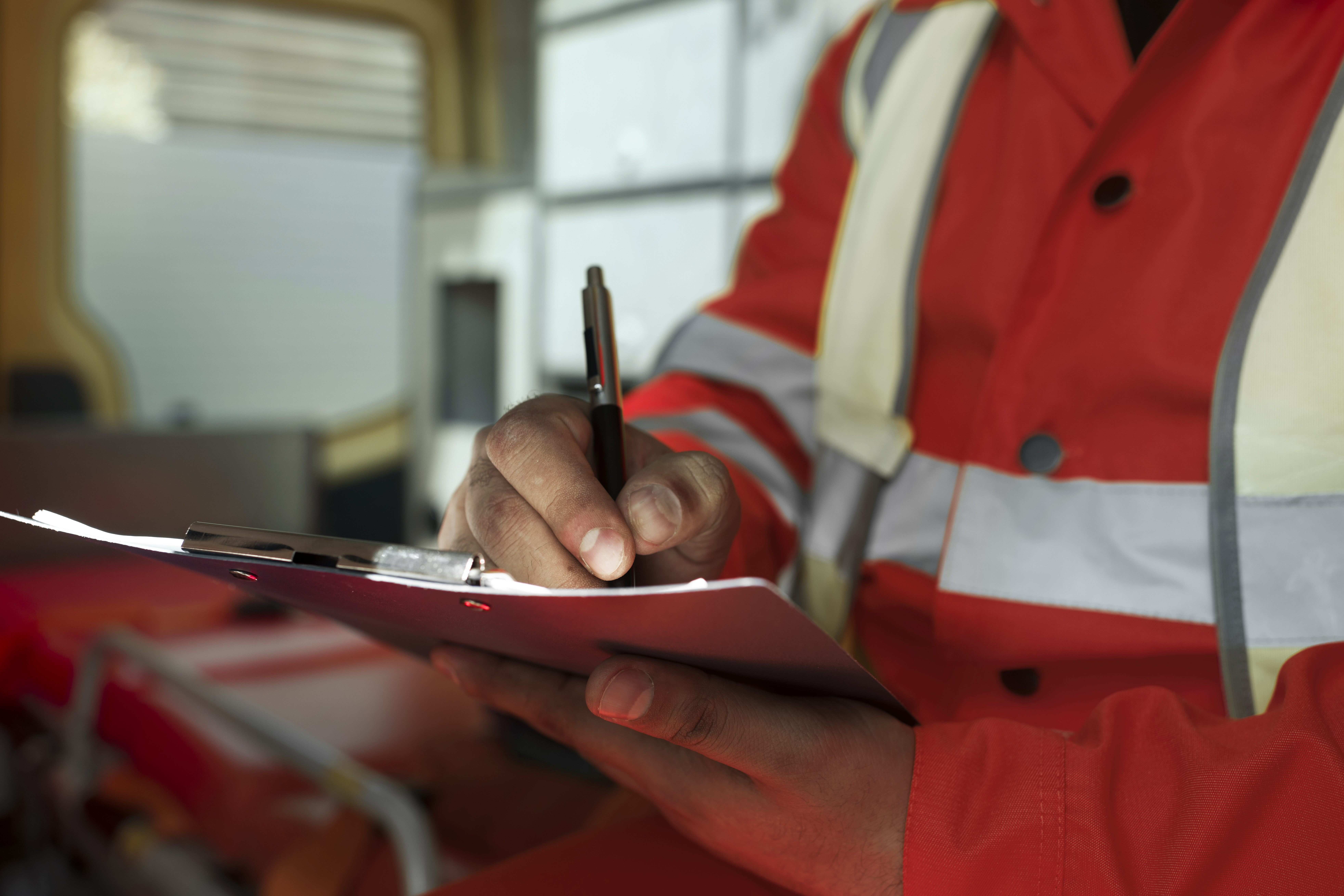Construction sites are particularly vulnerable to fires. In 2023/2024 there were 318 primary fires recorded in England and just over a third (36%) were set deliberately.1 Whilst this is the lowest number in the last 10 years it is still significant and a real risk for construction companies from a health and safety, financial and reputational perspective.

Deliberately Set Fires
Deliberate fires represent around a third of all fires and are a clear and present danger for anyone manging a construction site and whilst the overall number of fires is on a downward trend, the proportion of these that are deliberately started is on the increase.

Accidental Fires
Faulty fuel supplies accounted for a fifth of all accidental fires in 2023/24 so the security of fuel storage and usage is something to focus on when planning your activities. Also significant were fires caused by putting articles too close to heat. Construction activities typically require working in all conditions and making sure that you have a dedicated area for workwear to dry when it has become wet is essential in preventing accidental fires.

Legal Responsibilities
Fire safety on construction sites is mainly regulated by the Regulatory Reform (Fire Safety) Order 2025 (FSO). This requires every workplace, including construction sites, to have a ‘responsible person’ to oversee fire safety.
On construction sites this is usually the Principal Contractor, and they are responsible for ensuring that a fire risk assessment of the site has been completed and all appropriate fire safety measures are in place.
In line with good health and safety practice and the Construction, Design and Management Regulations 2015 (CDM) the key to good fire safety lies in communication and cooperation between all parties on site.
Controlling Fire Hazards on Construction Sites
To control the risk of a fire on construction sites plan your activities with the following in mind:
Controlling ignition sources: make sure electrical equipment is regularly inspected and only permitted equipment is being used on site. Permit to work systems should be in place for high risk tasks such as hot works. Make sure too that any temporary heating and lighting units are regularly inspected for faults or damage.
Reduce fuel sources: Keep flammable materials to a minimum and store them away from ignition sources. This includes material such as timber, fuel and waste.
Have a fire risk assessment and keep it up to date: this is your record that you have assessed the risks and are actively controlling them.
Maintain fire prevention methods: make sure you have sufficient fire detection and alarm systems as well as fire fighting equipment.
Train and communicate: make sure those with specific responsibilities know what they need to do and that everyone knows what to do and where to go in an emergency.
Don’t overlook fire safety on smaller sites: fire safety is equally important on all sized projects.
Don’t forget the risk of arson: arson still accounts for a third of all fires on construction sites so whether it is disgruntled employees or members of the public make sure you assess the risk and have control measures in place.
And Finally…
Your plans are no good if they are just on paper, remember to communicate these to everyone who needs to know and test them regularly; every second counts when a fire breaks out.




